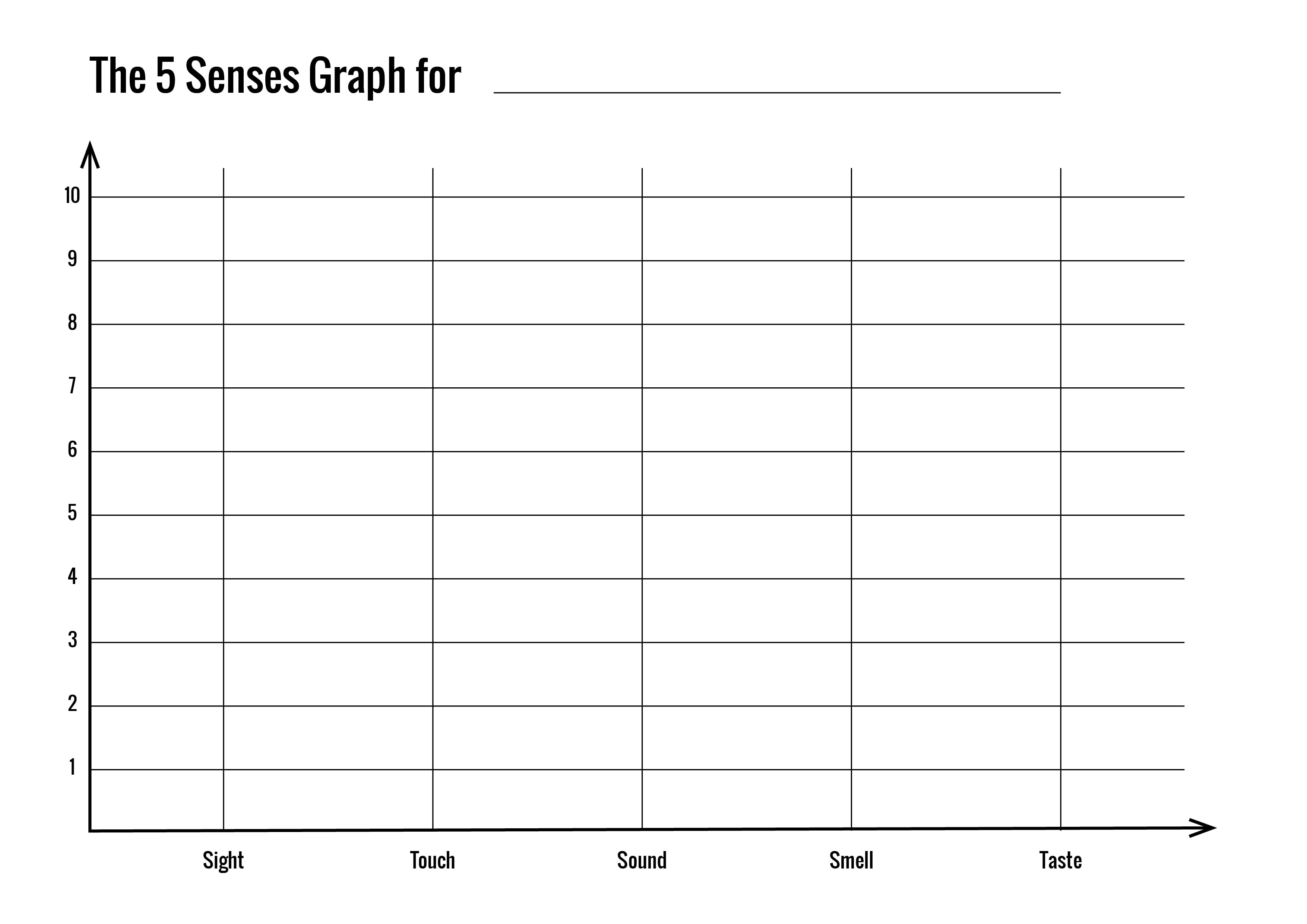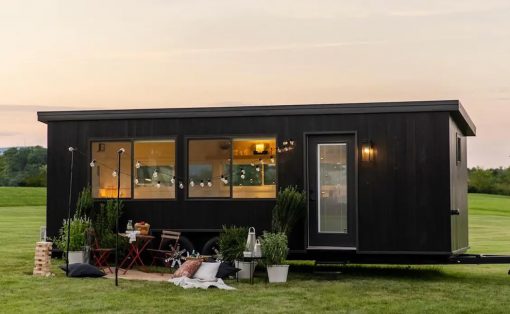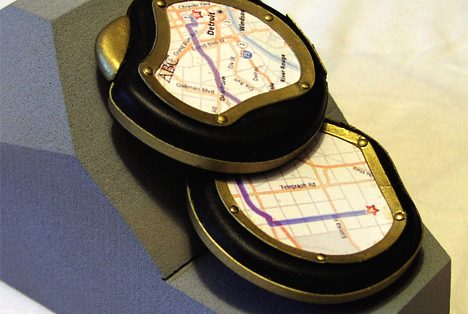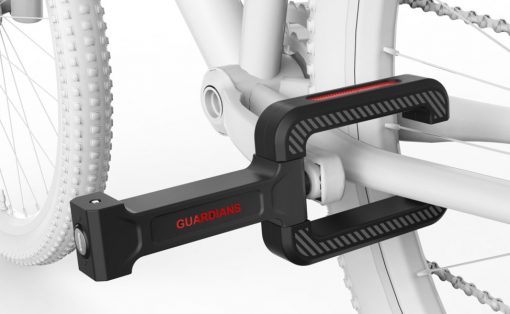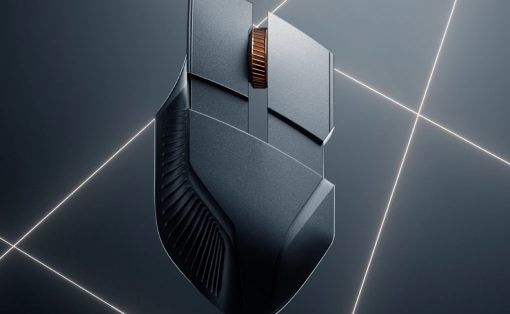“What we experience, and what we remember about what we’ve experienced are two totally different things. Most product design efforts are directed only towards the former.” – Jeremy Finch
Designer Jinsop Lee’s TED Talks remains one of my evergreen favorites, for focusing on a design tool that not only uplifts a product’s experience, but makes it much more desirable and memorable. Talking about designing for multiple senses, Jinsop introduces us to a technique for uplifting product experiences, drawing from examples of the past, and references that only strengthen his point. The 5 senses graph (shown in the video and available to download below) is a handy way of relooking at products, services, activities, and broadly at categories, to make them much more engaging to users… because they engage more senses. I highly recommend watching the video above, and using the 5 Senses graph right at the bottom of the article to evaluate your products. Designing for multiple senses, however, doesn’t guarantee a product will be more successful. Scoring high on the graph isn’t indicative of great design, it’s indicative of innovative thinking, which always needs to be backed by logic. Let’s take a look at some unique products and how they feature on the 5 senses graph!
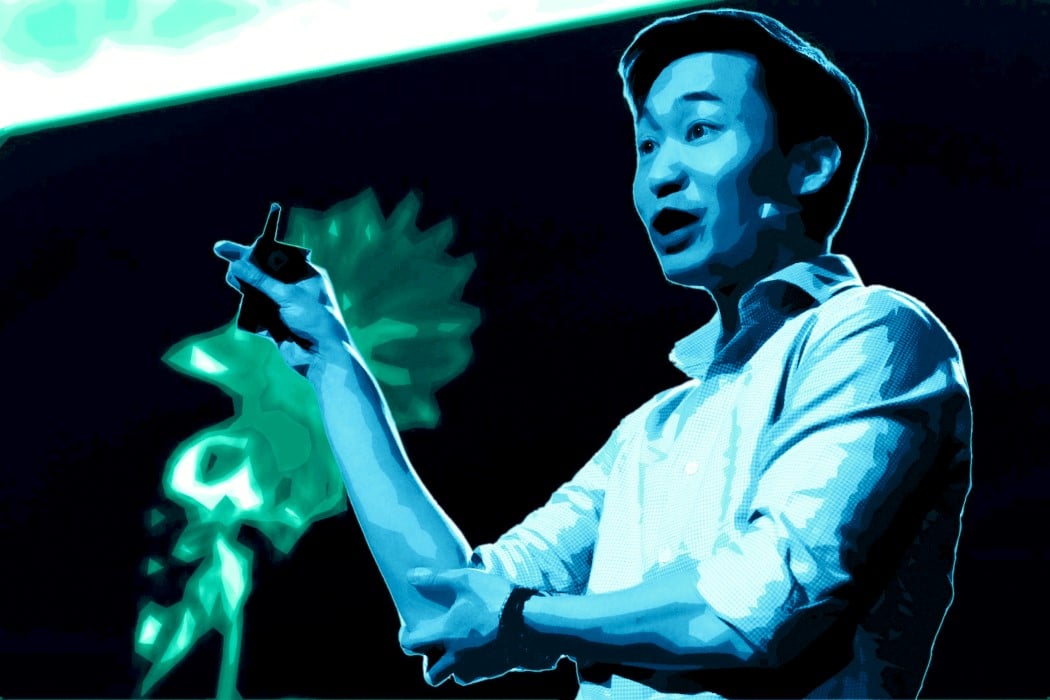
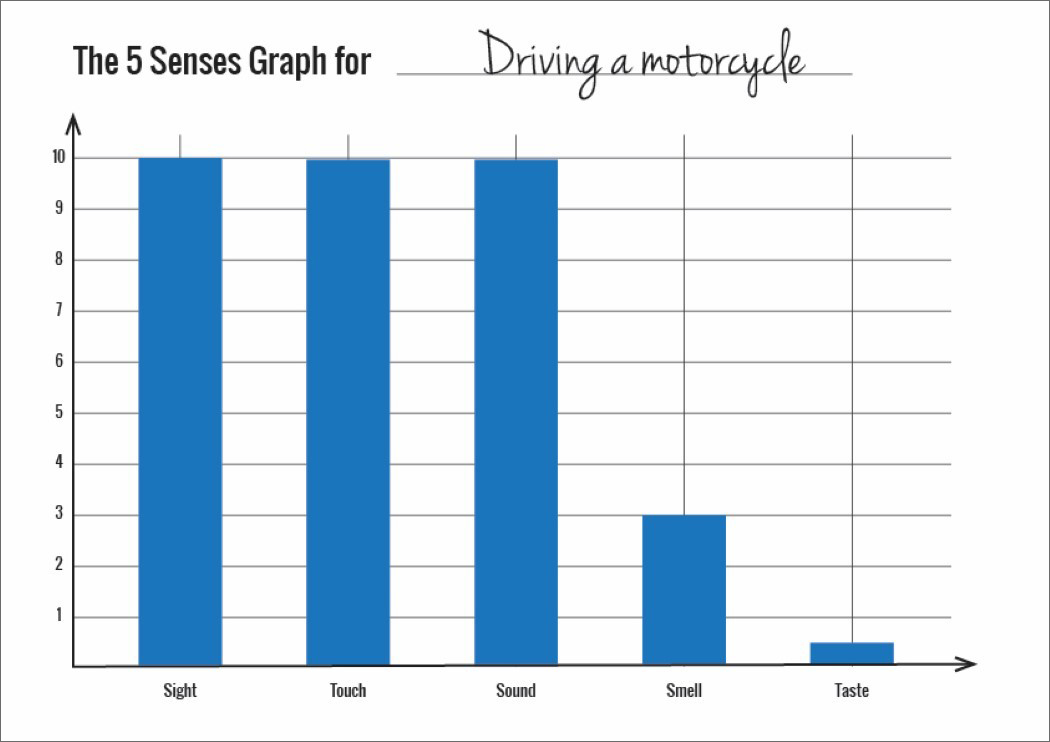
The first example pulled from Jinsop’s video. The act of riding a motorcycle. The motorcycle experience is thrilling, filled with adrenaline, and is borderline an addiction to a passionate handful. Why? Jinsop says it’s because it engages many senses, and gets ingrained within your memory much better. The motorcycle and the ride is pure visual thrill, so the Sight gets full marks. Feeling the motorcycle purr beneath you, and the wind in your face accounts for a 10 in the Touch category. The sound of a motorcycle is often a very strong part of its identity, which, interestingly enough, falls under the design process for some companies! Harley Davidson and Lamborghini often design and patent the way their engines sound, because the sound actually gets your blood pumping, heart racing, and your pupils dilating, all of them being indications of a great product experience! 10 marks for Sound then. Jinsop gives Smell a 4, because while bikes do have their own smells (oil, brake fluid, etc.), it isn’t strongly associated with the riding experience enough to be a strong memory maker. Taste, obviously, doesn’t factor into this experience.
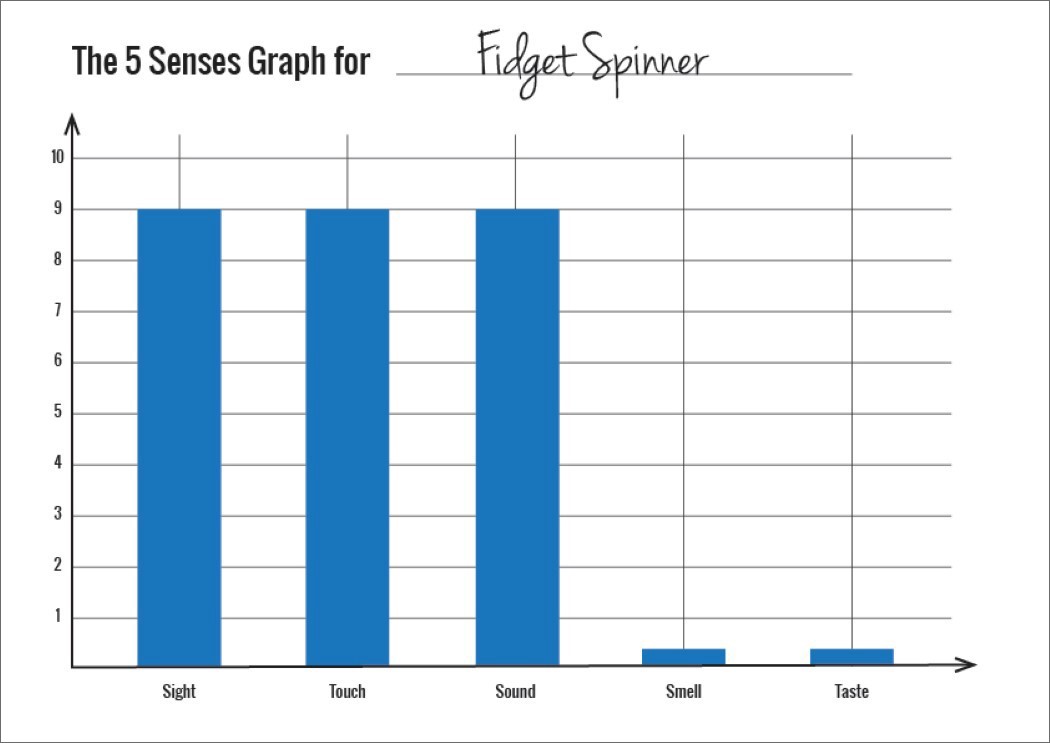
The second product is arguably the most viral and popular toy of the past year, the fidget spinner. Notice however, the fact that the Fidget Spinner, like the motorbike, scores highly on Sight, Touch, and Sound, but not on anything else. This is true for almost all products and experiences. We’re highly visually, tactually, and auditorily perceptive, and most products get subconsciously designed to cater to those senses, be it something as basic as popping bubble wrap, clicking a selfie on the smartphone, or watching something on a VR headset. A good product scores high on the first three, a great one pushes boundaries by trying to engage more senses too (I’d raise the example of a book over a Kindle. While a Kindle has obvious advantages over a book, the book is visual, often becoming a part of the decor on one’s table or bookshelf, it also feels great to hold, engages you with the rustling of paper, and most importantly, scores over the Kindle with its beautiful ‘book smell’).
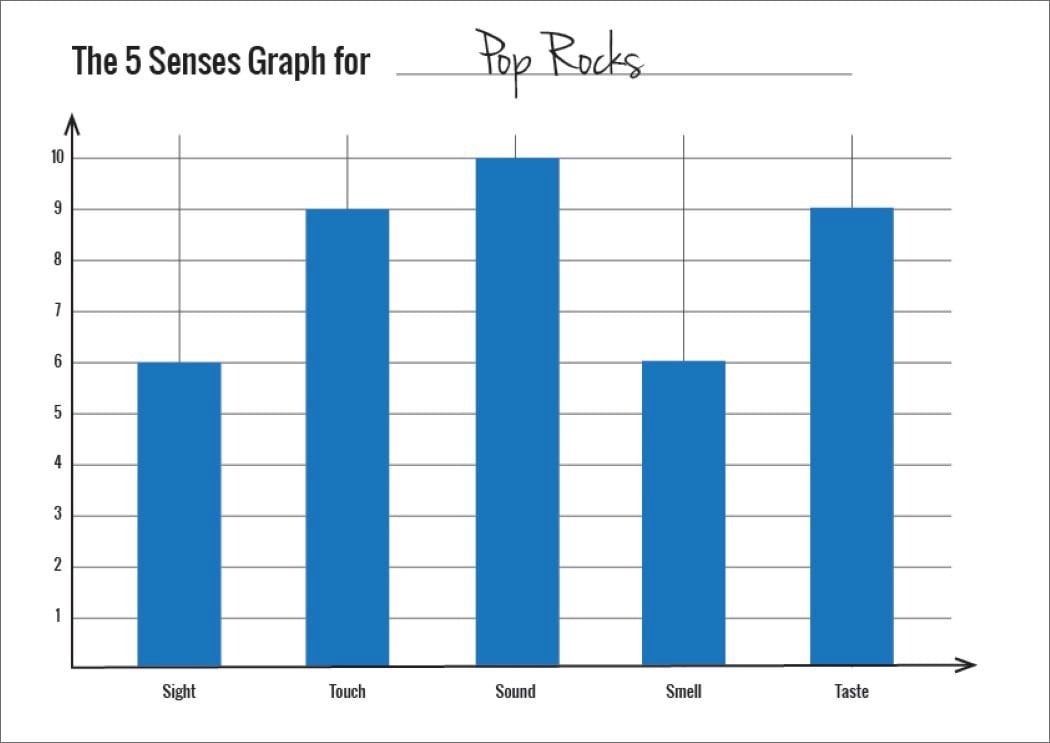
How about something truly multi-sensorial? The first instance to come to my head was that of pop-rocks. Not scoring too high on the visual and smell departments, because they’re meant to be consumed and not stared at or smelled, pop-rocks actually score remarkably well on touch, sound, and taste, as they delight you with their tangy taste, the mind-boggling popping action, and the sound that you can literally listen to inside your head when you close your mouth. Another great example, and probably scoring better, would be a glass of chilled beer. Looking great, tasting great, smelling sublime, feeling remarkably bubbly or creamy in its texture, drinking beer is another great experience too. Besides, the opening of bottles, cans, and the clinking of glasses give beer a great Sound scoring as well.
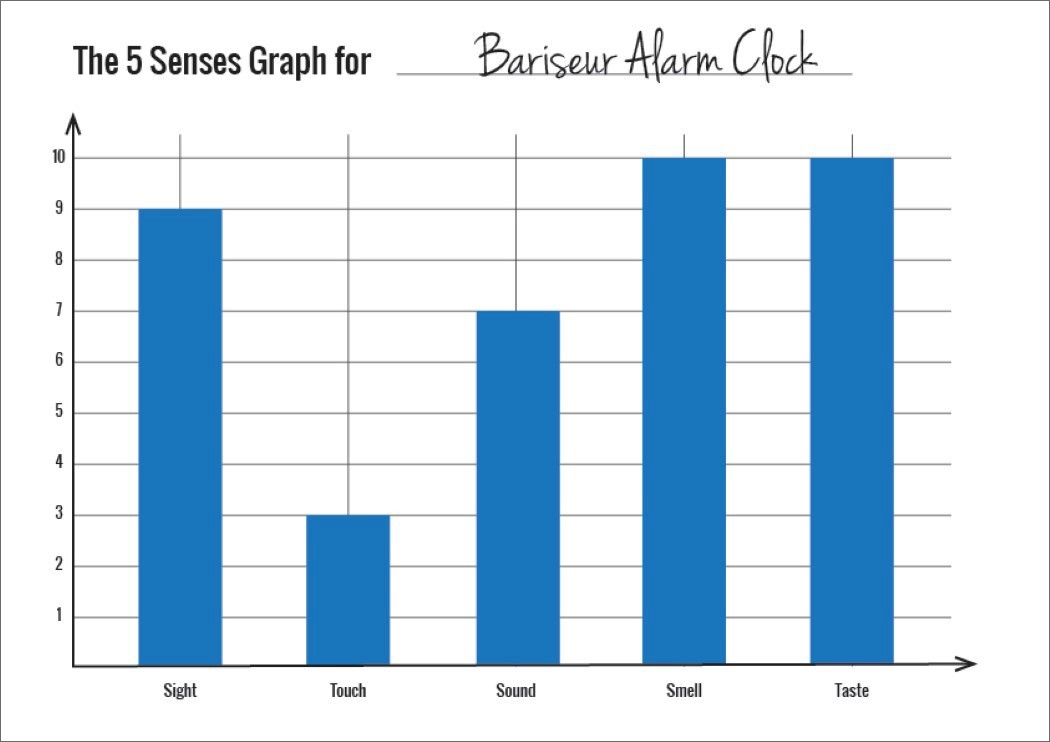
It makes sense to evaluate products that we feature on YD too. The Bariseur is an alarm clock that wakes you up to a cup of freshly brewed coffee. It’s important to notice that the Bariseur should be judged or compared against alarm clocks, rather than coffee makers, because that’s what it is, first and foremost, and that’s what makes it unique. It’s the most multi-sensory alarm, with scores in all of the senses, whereas your regular alarm would probably not do well in any of the departments, because while an alarm sound engages your sense of hearing, the experience is far from desirable, with its shrill, jolting sound. Another great example is IDEO’s Lolzzz alarm, that wakes you to the sound of children giggling!
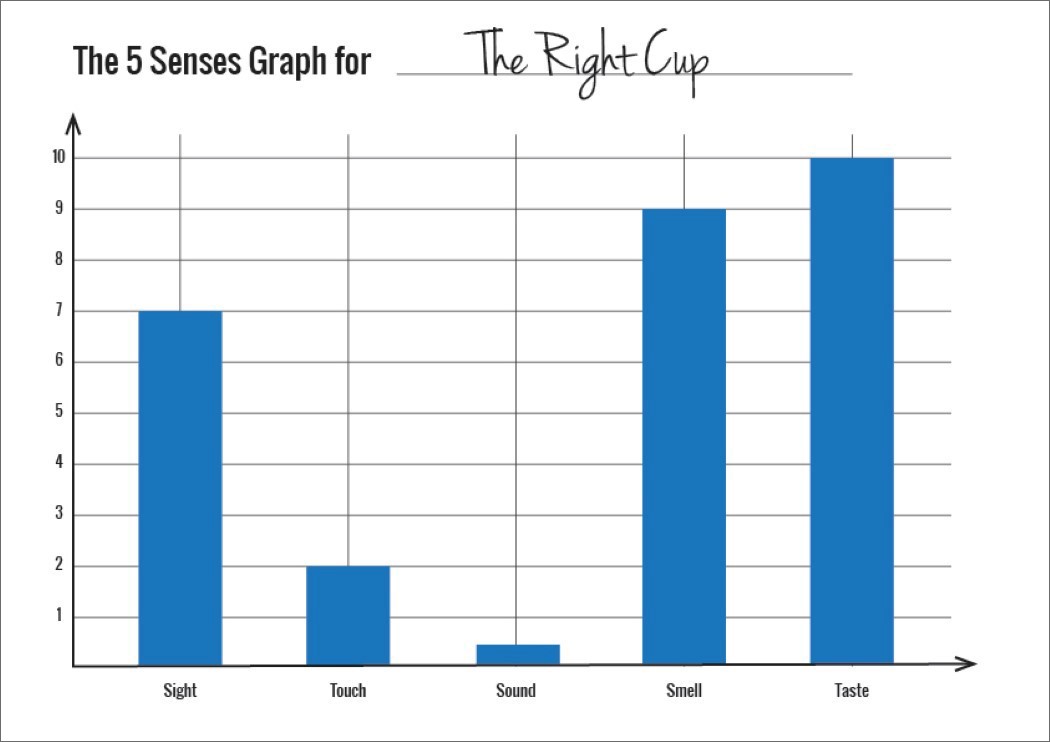
The Right Cup does something quite biblical, by turning water into juice. A simple looking cup, with a specially formulated plastic lip that contains aromatic flavoring embedded within the polymer, the Right Cup encourages you to drink more water, by tricking your brain into thinking it’s juice or cola! As your nose rests above the plastic ring, and your tongue in contact with it, you pick up the smell and taste of the cup’s flavor, while actually just drinking water. Who thought someone could turn drinking water into a multi-sensory experience!
You can click on the image above, or on this link to download or save the 5 Senses Graph template. A great ideation tool, and technique to think out of the box, the 5 Senses Graph is a simple way of seeing if your ideas can trigger more senses, and make stronger memories. I’m excited to see how you use this great creative tool!

